Are you a noodle lover? Do delicious items like spaghetti, chicken stir fry, or red curry often appear on the weekly menu? If so, you've probably wondered if you can reheat noodles. We've plunged our forks into the research and have a few tasty answers for you!
From regular pasta to rice and egg noodles, these leftovers can definitely be reheated for another meal. While there are some general guidelines to use to ensure the product remains safe and healthy to eat, you don't have to be afraid to dig in as long as those requirements are met.
So, is it safe to eat leftover noodles? Do cooked noodles go bad? How do you reheat leftover pasta? Let's get into the starchy details!
![Close up of hot beef ramen noodle soup, Can You Reheat Noodles? [A Look At Various Types of Noodles]](https://kitchenseer.com/wp-content/uploads/2021/04/Can-You-Reheat-Noodles-A-Look-At-Various-Types-of-Noodles.png)
What are noodles made of?
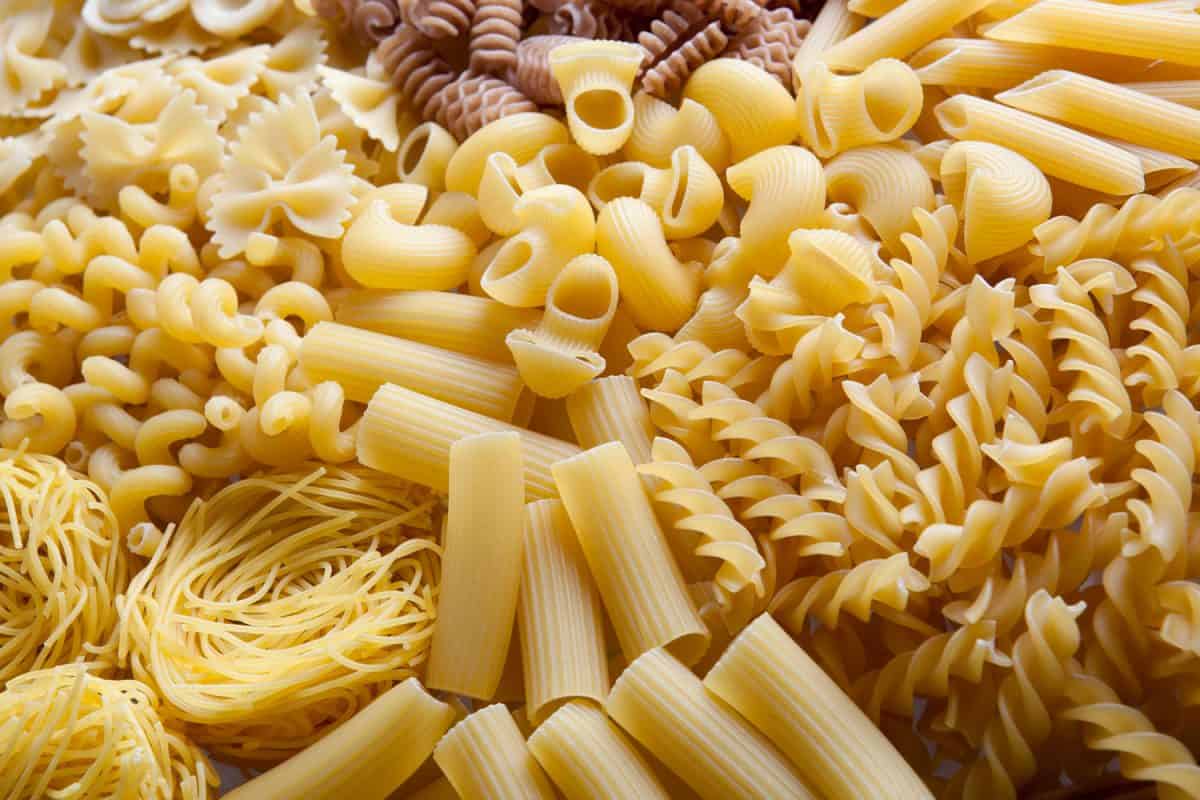
To safely reheat food, it is important to understand its composition. This is because the main health hazard involved in previously cooked food is bacteria. Different germs are more and less likely to develop in certain foods and under particular conditions.
Common Pasta
The average pasta noodle is normally composed of wheat flour, egg, and water. The ingredients are formed into various shapes and then cooked in boiling water. This includes items like spaghetti, linguine, and fettuccine, to name a few. Slight variations do exist, such as whole-grain options.
Egg Noodles
Egg noodles are similar to the common pasta, except extra egg product is used. This provides a somewhat richer flavor, and they don't tend to stick and clump as badly. You often see them used in dishes like chow mein.
Rice Noodles
The rice noodle is made with- you guessed it- rice flour and water! For an extra chewy texture and transparency, sometimes tapioca or cornstarch are added. Since it contains no wheat, this is a popular option for those with gluten sensitivity.
Is it safe to eat leftover noodles?
Now that we know exactly what we're putting in our mouths, let's discuss safety. Although this can vary depending on any sauces used, the recommendation is that any remaining pasta be eaten within five days, ideally two days. To reduce the chances of food poisoning, it needs to be stored at 40 degrees F or less during that time. The food should be kept in an airtight container, as opposed to partially open takeout boxes.
It is also important to keep in mind that you should only reheat your leftovers once. At that point, throw out anything remaining. This is due to bacteria growth. Those sneaky little buggers love your pasta as much as you do, and they're always hungry! When a meal is reheated, only a portion of any bacteria will be killed. If the food is then returned to the refrigerator, the number of bacteria will actually increase each time until it can actually make you sick.
Do cooked noodles go bad?
Like most foods, noodles are perishable, especially after cooking. Here are some signs that you waited too long to enjoy that surplus of spaghetti in the back of your fridge:
- You can see visible mold
- Excess moisture puddled in the container
- It smells foul
- The color has changed
- The texture becomes slimy to the touch
What happens if you do eat old pasta?
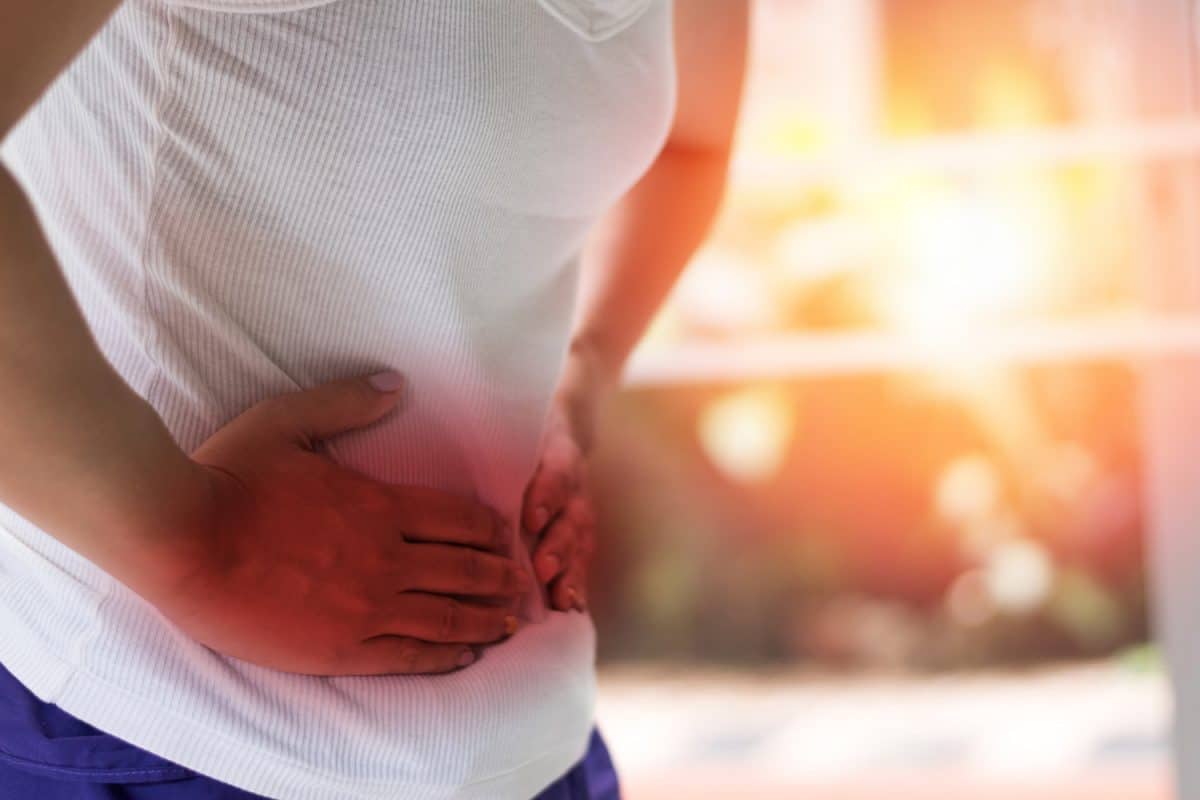
A common result of ingesting tainted cuisine is food poisoning. It is an unpleasant and sometimes dangerous experience. There are over 250 currently identified foodborne diseases, many resulting in hospitalization and even death. Symptoms can differ but tend to include stomach cramps, nausea, vomiting, diarrhea, dehydration, and fever. Those can last anywhere from a day up to as long as 28 days. That container of week-old Italian leftovers is definitely not worth it! If you're ever in doubt, just throw it out!
How do you store cooked noodles?
First, food should not be left out more than two hours after cooking. Pack your grub securely in an airtight container. This can even be a plastic storage bag, as long as it seals. Keep refrigerated and eat in less than five days. Sometimes, adding a drizzle of olive oil before storage can help prevent food from growing dry and rubbery in the interim. It can also aid in slowing any bacterial growth.
While freezing is not generally recommended, you can freeze prepared pasta. However, this has better results if it is frozen already mixed with its sauce. Use a quality freezer bag, and it can last up to two months.
Click here to see Ziploc Freezer Bags on Amazon.
How do you reheat leftover pasta?
There are several options for properly warming those previously uneaten goodies. However, they can vary depending on the type of noodle and whether there is any sauce. For example, you must eat a meal containing fish sauce or mayonnaise within one to two days, but tomato sauces can last up to five. Let's take a quick look at some safe methods.
Sauced Noodles
If you have a sauce-based dish, whether it's tomato, alfredo, or otherwise, one option that works well is baking. Lasagna addicts, this one is definitely for you! Simply add leftovers to an oven-safe container, cover with aluminum foil, and let it warm at 350 degrees for about 20 minutes. Make sure to check it at least once to ensure there's no burning. If you'd like, you can even add fresh cheese at this point for an extra gooey meal!
Alternatively, pasta in meals like buttered spaghetti, chow mein, and stir fry reacts well to heating in a pan. Grab your non-stick skillet and set your burner between medium and high. Now your leftovers need just a bit of liquid to keep them from sticking or burning. This can be water, olive oil, butter, or any other type of sauce you fancy. Add enough to lightly coat the bottom of the pan. Heat until it's nice and steamy, or up to three minutes, stirring often.
Microwaving is not the optimal method for reheating noodles; however, you can do it. The trick here is to prevent that rubbery texture that so often occurs when we nuke things. To get around this, add a tablespoon or two of water or oil first. You can skip this step if the dish is super saucy already. Cover the microwave-safe bowl with a wet paper towel. Cook for 90 seconds, then stir. Continue the cycle until heated to your preference.
Plain Noodles
The recommended approach to reviving those non-sauced noodles involves exposure to boiling water. You'll need to bring a large pot of water to a hard boil. Then, use a stainless steel strainer to dip the pasta for about 30 seconds. If there is a large quantity, it may take a few seconds longer. Stir occasionally, and break up any clumps as they occur.
Again, because this is important: only use a strainer made of stainless steel here. Otherwise, you can not only ruin a plastic colander but possibly be exposed to BPAs from the melting material!
Click here to see this strainer on Amazon.
For more sensitive rice noodles, though, you can reverse the process. Add the pasta to a strainer, then slowly dump the boiling water over it. In a minute or less, they'll be good as new!
In Closing
As you can see, it's alright to devour those glorious noodle leftovers, as long as you're willing to follow basic food safety guidelines. Store it in a secure container as soon as it's off your plate, keep it properly refrigerated, reheat according to recommendations, and eat it up within a few days. But don't forget: if in doubt, throw it out. Now, go enjoy that bowl of last night's chicken fettuccine you've been drooling over all day!
How Long Do You Let a Lasagna Sit?
5 Best Pasta Machine Brands You Should be Looking Into



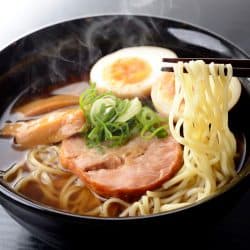
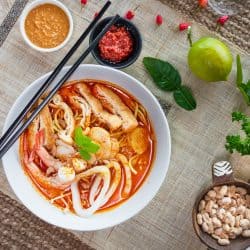
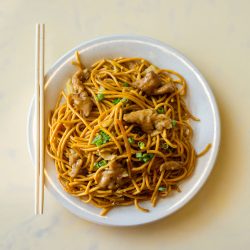
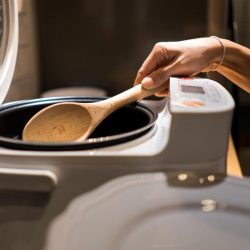
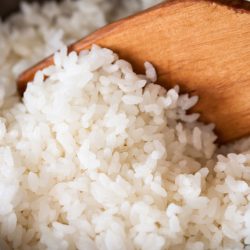
![Pour water into rice - How Much Water To Rice In Rice Cooker [Ratio By Type Of Rice]](https://kitchenseer.com/wp-content/uploads/2022/03/Pour-water-into-rice-250x250.jpg)